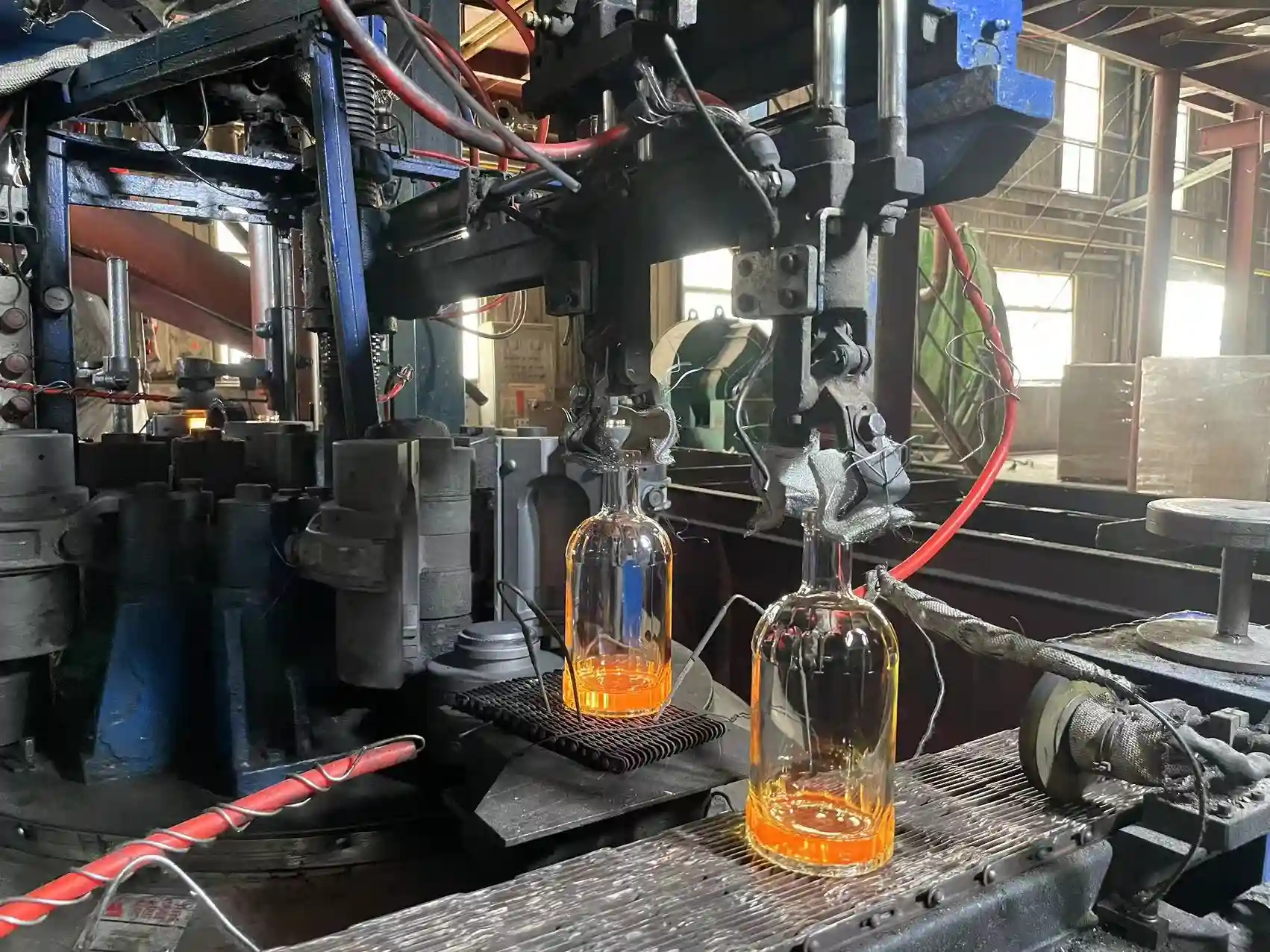How Much Does It Cost to Manufacture a Glass Bottle? | 2024 Pricing Guide

How Much Does It Cost to Manufacture a Glass Bottle? | 2024 Pricing Guide
The price of glass bottles is influenced by various factors, including raw material costs (such as quartz sand, soda ash prices, and recycled glass ratio), production processes (molding techniques, mold complexity, production scale), energy consumption (furnace energy use, environmental compliance costs), product specifications (size, weight, color, special performance requirements), post-processing and packaging (surface decoration, shockproof packaging), transportation and logistics (distance, tariffs), market supply and demand, and customization level. For example, the unit price of standard mini glass bottles can be as low as 0.1 USD, while high-end customized glass bottles may cost 1–3 USD. Companies typically reduce costs by optimizing design, bulk purchasing, or sourcing from nearby suppliers.
1. Raw Material Costs
The primary components of glass—quartz sand, soda ash, and limestone—directly affect production costs. Fluctuations in the prices of these materials, as well as the percentage of recycled glass used, play a crucial role.
2. Production Process
- Molding Techniques: Methods like blow molding or press-and-blow impact efficiency and cost.
- Mold Complexity: Custom-designed bottles with intricate shapes require specialized molds.
- Production Scale: Large-scale manufacturing lowers per-unit costs.
3. Energy and Environmental Compliance
Glass manufacturing is energy-intensive, requiring furnaces to operate at 1400–1600°C. Rising energy prices and environmental regulations may add to production expenses.
4. Bottle Specifications
- Size & Weight: Larger or thicker bottles consume more materials.
- Color: Clear glass is cheaper than colored options.
- Special Properties: Heat-resistant glass increases costs.
5. Post-Production Processing
Additional treatments—such as silk printing or UV coating—add to the final price. Protective packaging also influences costs.
6. Transportation & Logistics
Glass bottles are heavy and fragile, making shipping costs a major factor. Import/export tariffs further affect pricing.
7. Market Demand & Competition
Seasonal demand and competition from alternative packaging can cause price volatility.
8. Customization Requirements
Unique designs or urgent production schedules typically come at a premium.
Price Range Examples
- Standard bottles: $0.1–0.5 USD per unit
- Premium bottles: $1–3 USD or more
Cost-Saving Strategies
- Optimize bottle design for material efficiency
- Order in bulk for volume discounts
- Source from local suppliers
Conclusion
The price of glass bottles is shaped by material, production, regulatory, and market factors. By analyzing these variables, companies can make informed packaging decisions.